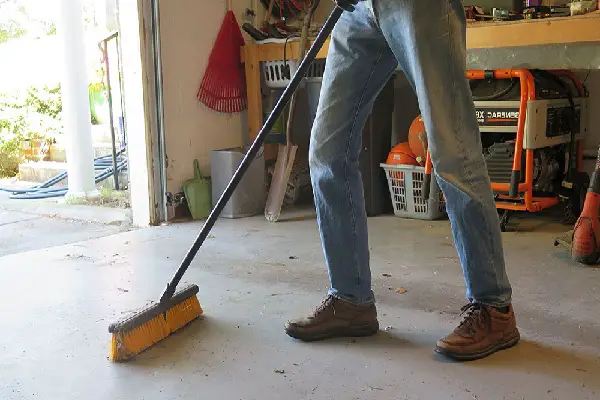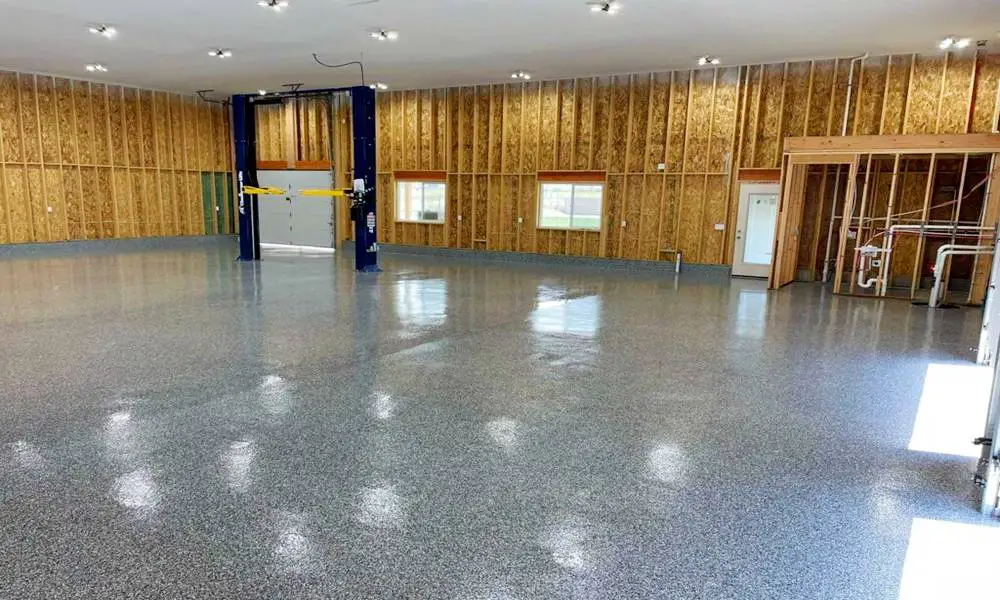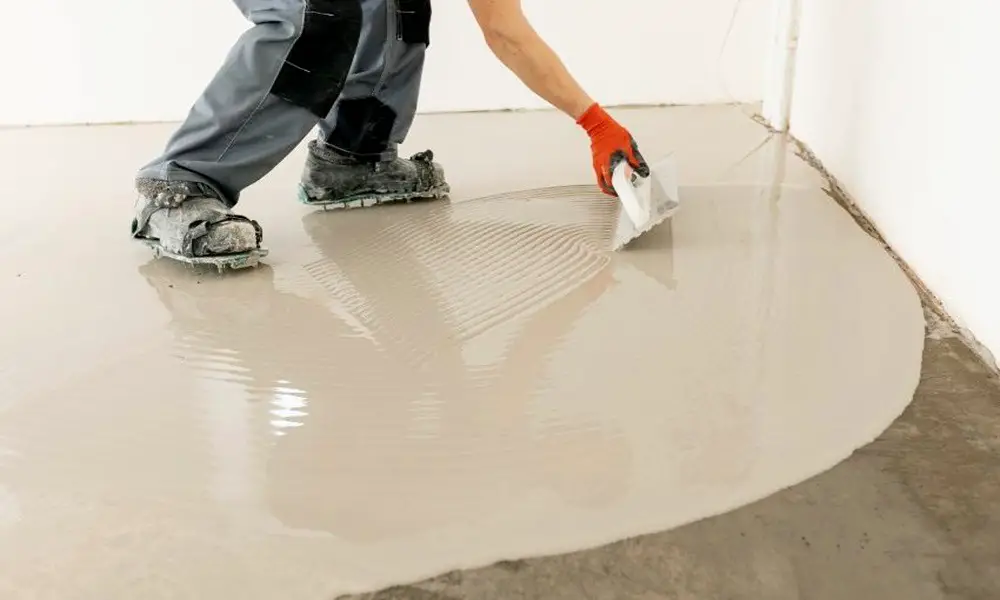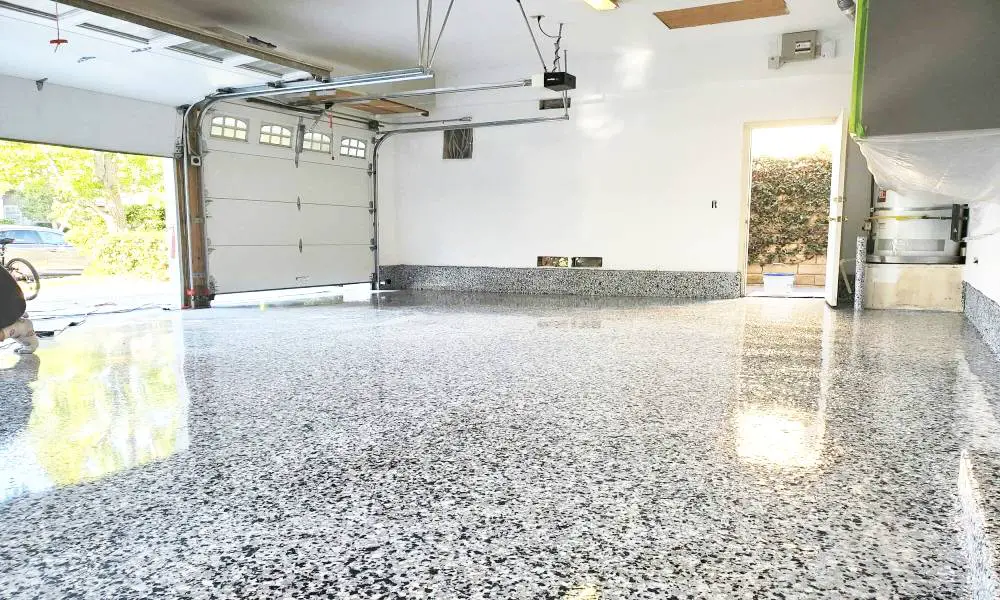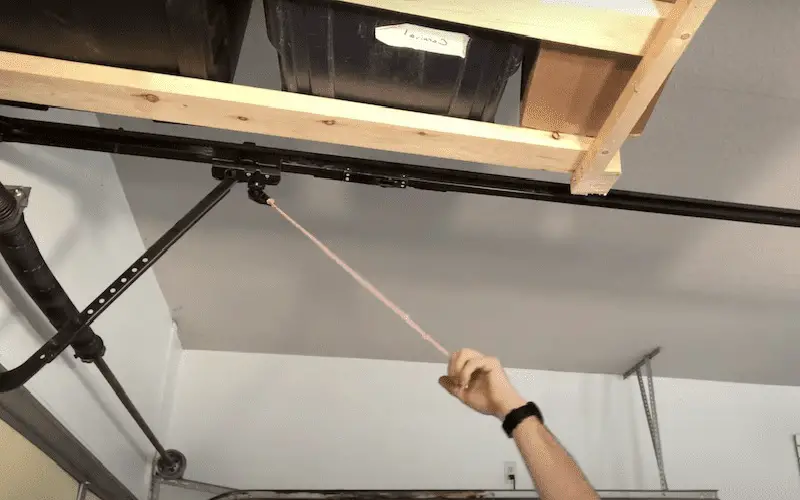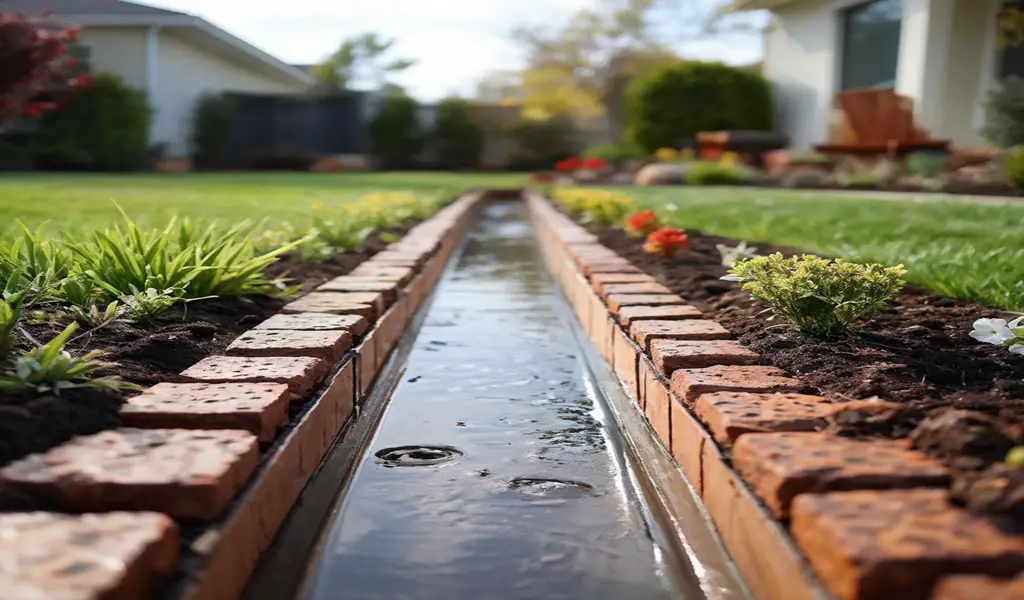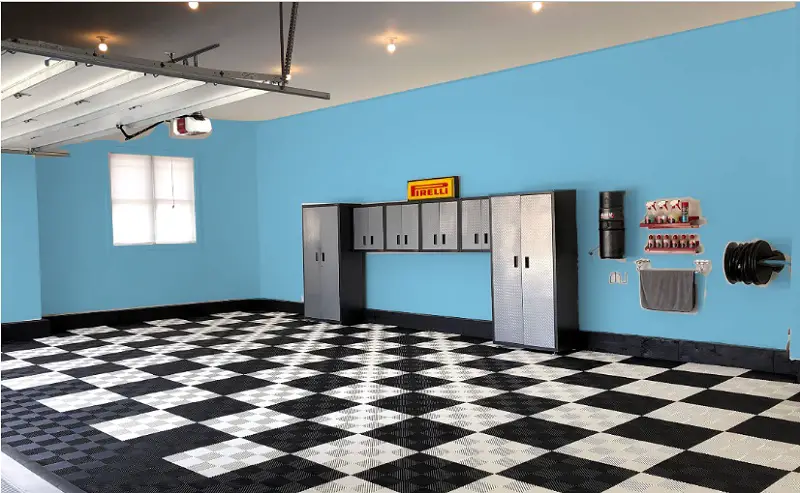Wood Flooring for Garage: Enhancing Durability and Aesthetics
Wood Flooring for Garage Garages are often used for more than just parking vehicles; they serve as workshops, storage spaces, […]
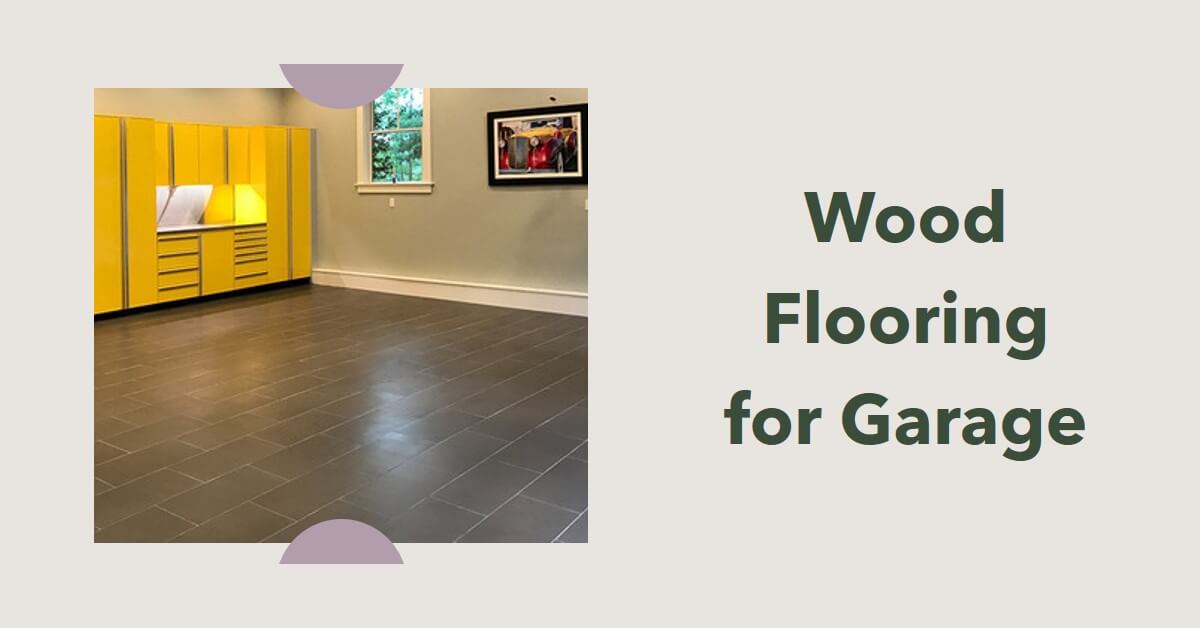
Wood Flooring for Garage
Garages are often used for more than just parking vehicles; they serve as workshops, storage spaces, and even recreational areas.
When considering garage flooring options, many homeowners are opting for wood flooring due to its durability, aesthetics, and easy installation.
In this article, we will explore the benefits of wood flooring for garages, the different types available, how to choose the right option, the installation process, and maintenance tips.
Benefits of Wood Flooring for Garage
Wood flooring offers several advantages that make it an excellent choice for garage spaces.
Durability
Wood flooring is known for its durability, and when properly installed and maintained, it can withstand the heavy use and traffic often found in garages.
Hardwoods, such as oak or maple, are particularly resilient and can resist impacts, scratches, and dents, making them ideal for garage floors.
Aesthetics
One of the main reasons homeowners choose wood flooring for their garages is its natural beauty. Wood adds warmth and character to any space, creating an inviting atmosphere.
With various wood species and finishes available, you can customize the look of your garage floor to match your personal style.
Easy Installation
Wood flooring for garages can be installed with relative ease, especially when compared to other flooring options. With the proper tools and techniques, it is a DIY-friendly project.
This can save you money on professional installation costs. If you prefer assistance, hiring a professional installer ensures optimal results.
Maintenance
Wood flooring is generally easy to maintain. Regular sweeping or vacuuming, coupled with occasional mopping using a hardwood floor cleaner, is usually sufficient to keep the garage floor clean.
Applying a protective sealant or finish can enhance the wood’s resistance to moisture, stains, and wear.
Types of Wood Flooring for Garage
When selecting wood flooring for your garage, it’s essential to consider the different types available. Each type has its characteristics and suitability for garage use.

Solid Hardwood
Solid hardwood flooring is made from a single piece of wood, offering unmatched durability and longevity.
It can withstand heavy loads and is resistant to moisture, making it suitable for garage environments.
Solid hardwood provides a timeless aesthetic appeal, and with proper care, it can last for decades.
Best Features:
- Timeless beauty and natural aesthetic appeal.
- Excellent durability and ability to withstand heavy use.
- Can be sanded and refinished multiple times, increasing longevity.
- Adds value to your home.
Pros:
- Authentic, high-quality material.
- Enhances the overall look and warmth of the garage.
- Resistant to scratches and dents.
- Long lifespan with proper maintenance.
Cons:
- Susceptible to moisture and temperature fluctuations.
- Requires professional installation.
- Higher cost compared to other options.
- Not suitable for all climates.
Engineered Wood
Engineered wood flooring is composed of several layers of wood veneer, topped with a solid wood layer.
This construction enhances its stability and resistance to moisture.
Engineered wood is less prone to expansion and contraction due to temperature and humidity changes, making it an excellent choice for garages.
Best Features:
- Provides a real wood surface layer for an authentic appearance.
- Enhanced stability and resistance to moisture and temperature changes.
- Can be installed in basements and below-grade areas.
- Versatile installation options (nail-down, glue-down, or floating).
Pros:
- More affordable than solid hardwood.
- Greater resistance to moisture and humidity.
- Suitable for a wider range of climates.
- Can be sanded and refinished, although fewer times than solid hardwood.
Cons:
- Limited lifespan compared to solid hardwood.
- A thinner wood veneer layer may restrict refinishing options.
- Some lower-quality products may have durability issues.
- Lower value compared to solid hardwood for potential home resale.
Laminate Wood
Laminate wood flooring consists of a high-density fiberboard core topped with a photographic layer that resembles real wood.
It is a cost-effective option and provides good resistance to stains, scratches, and impact.
While laminate wood is not as durable as solid hardwood or engineered wood, it can still withstand moderate garage use.
Best Features:
- Wide range of design options and realistic wood appearance.
- Highly resistant to stains, scratches, and fading.
- Easy installation with click-and-lock or glueless methods.
- More budget-friendly compared to solid hardwood and engineered wood.
Pros:
- Affordable and cost-effective.
- Excellent resistance to wear and tear.
- DIY-friendly installation.
- Compatible with radiant heating systems.
Cons:
- Limited lifespan compared to solid hardwood and engineered wood.
- Susceptible to moisture damage if not properly sealed.
- Cannot be refinished.
- Less authentic feel compared to real wood.
Choosing the Right Wood Flooring for Garage
When selecting wood flooring for your garage, consider the following factors to ensure you make the right choice.

Considerations for Garage Use
Think about how you plan to use your garage. Will it primarily serve as a parking space, a workshop, or a multi-purpose area?
Determining the garage’s purpose will help you choose a wood flooring option that suits your specific needs.
Climate and Moisture Resistance
Garages are susceptible to temperature fluctuations and moisture. Ensure the wood flooring you select can withstand these conditions without warping or deteriorating.
Solid hardwood and engineered wood with moisture-resistant finishes are typically the best options for garages.
Traffic and Durability
Consider the amount of traffic your garage experiences. If you anticipate heavy foot traffic or the use of heavy equipment or vehicles, opt for a more durable wood floorings option, such as solid hardwood or engineered wood. Laminate wood can be suitable for garages with lighter usage.
Budget
Set a budget for your wood flooring project. Solid hardwood is generally more expensive, while laminate wood is the most budget-friendly option.
Determine what you can afford and choose a wood flooring type that fits within your financial constraints.
Read Also:
Inexpensive Garage Flooring Ideas
Installation Process
Installing wood flooring in your garage follows a general process that includes the following steps:
Preparation
Clear the garage space, removing any obstacles and ensuring a clean, flat surface. This step may involve removing the existing flooring, such as epoxy or tiles. Thoroughly sweep or vacuum the area to remove any debris.
Subflooring
Inspect the subfloor for any damage or moisture issues. Repair or address these problems before proceeding with the installation.
A level and moisture-free subfloor are essential for a successful wood flooring installation.
Acclimation
Allow the wood flooring material to acclimate to the garage’s environment.
Follow the manufacturer’s guidelines regarding acclimation time, as this ensures the wood adjusts to the temperature and humidity conditions in your garage.
Installation Techniques
There are various installation methods depending on the type of wood flooring chosen, such as nail-down, glue-down, or floating installation.
Follow the manufacturer’s instructions and use the appropriate tools for the selected method.
Maintenance and Care
Proper maintenance is crucial to extend the lifespan and beauty of your wood flooring in the garage. Here are some essential maintenance tips:
Cleaning
Regularly sweep or vacuum your wood flooring to remove dirt, dust, and debris. Use a damp mop or cloth with a hardwood floor cleaner for occasional cleaning.
Avoid using excessive water, as it can damage the wood. Wipe up any spills immediately to prevent stains or water damage.
Regular Inspections
Periodically inspect your wood flooring for signs of wear, damage, or moisture issues. Check for loose boards, cracks, or warping. Address any problems promptly to prevent further damage.
Repairing Damages
If your wood flooring in the garage sustains minor scratches or dents, you can use wood fillers or touch-up kits to repair them. For more significant damage, consult a professional for proper repair or replacement.
Conclusion
Wood flooring offers a durable, aesthetically pleasing option for garages. Its durability, natural beauty, and easy installation make it an attractive choice for homeowners.
By considering factors such as garage use, climate resistance, traffic, and budget, you can select the right wood flooring type for your garage.
Follow the proper installation process and perform regular maintenance to keep your wood flooring in excellent condition for years to come.
FAQs
Can I install wood flooring in my garage if I park my car inside?
Yes, wood flooring can withstand the weight of vehicles when installed and maintained properly. However, it’s important to choose a durable wood type and take precautions to prevent oil leaks or chemical spills that could damage the wood.
Can I use underfloor heating with wood flooring in the garage?
It depends on the type of wood flooring you choose. Engineered wood is more compatible with underfloor heating systems due to its dimensional stability. Solid hardwood may not be recommended for underfloor heating.
Can I convert my garage into a living space with wood flooring?
Yes, wood flooring can transform your garage into a comfortable living space. Ensure proper insulation, moisture control, and ventilation to create a suitable environment for wood flooring in a converted garage.
How long does wood flooring in the garage typically last?
The lifespan of wood flooring depends on factors such as wood type, maintenance, and usage. Solid hardwood can last for several decades, while engineered wood and laminate wood have a lifespan of around 15-30 years.
Can I refinish the wood flooring in the garage if it gets worn or damaged?
Yes, solid hardwood and some engineered wood floors can be refinished to remove scratches, stains, or other damages. However, laminate wood cannot be refinished, so damaged areas may need to be replaced.


